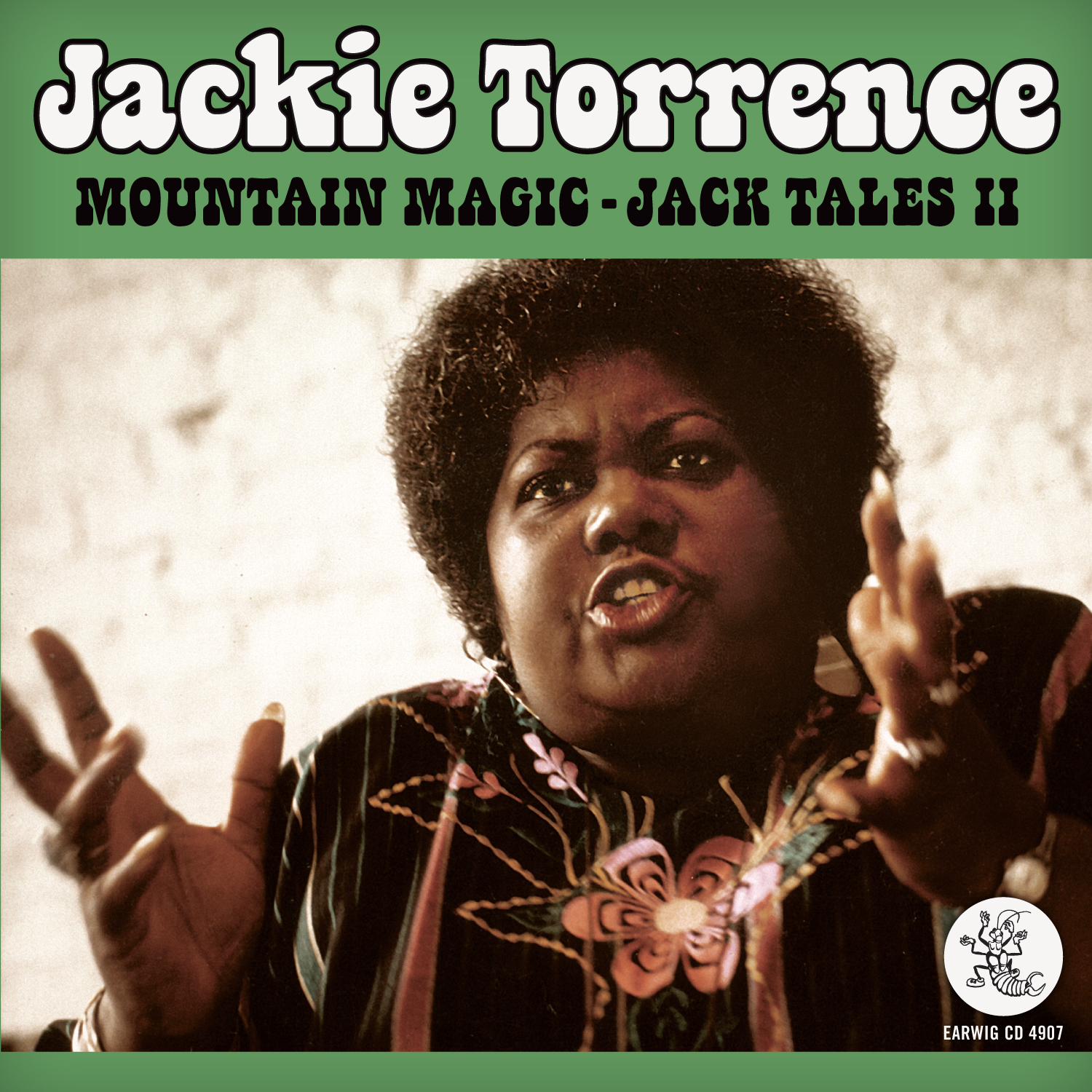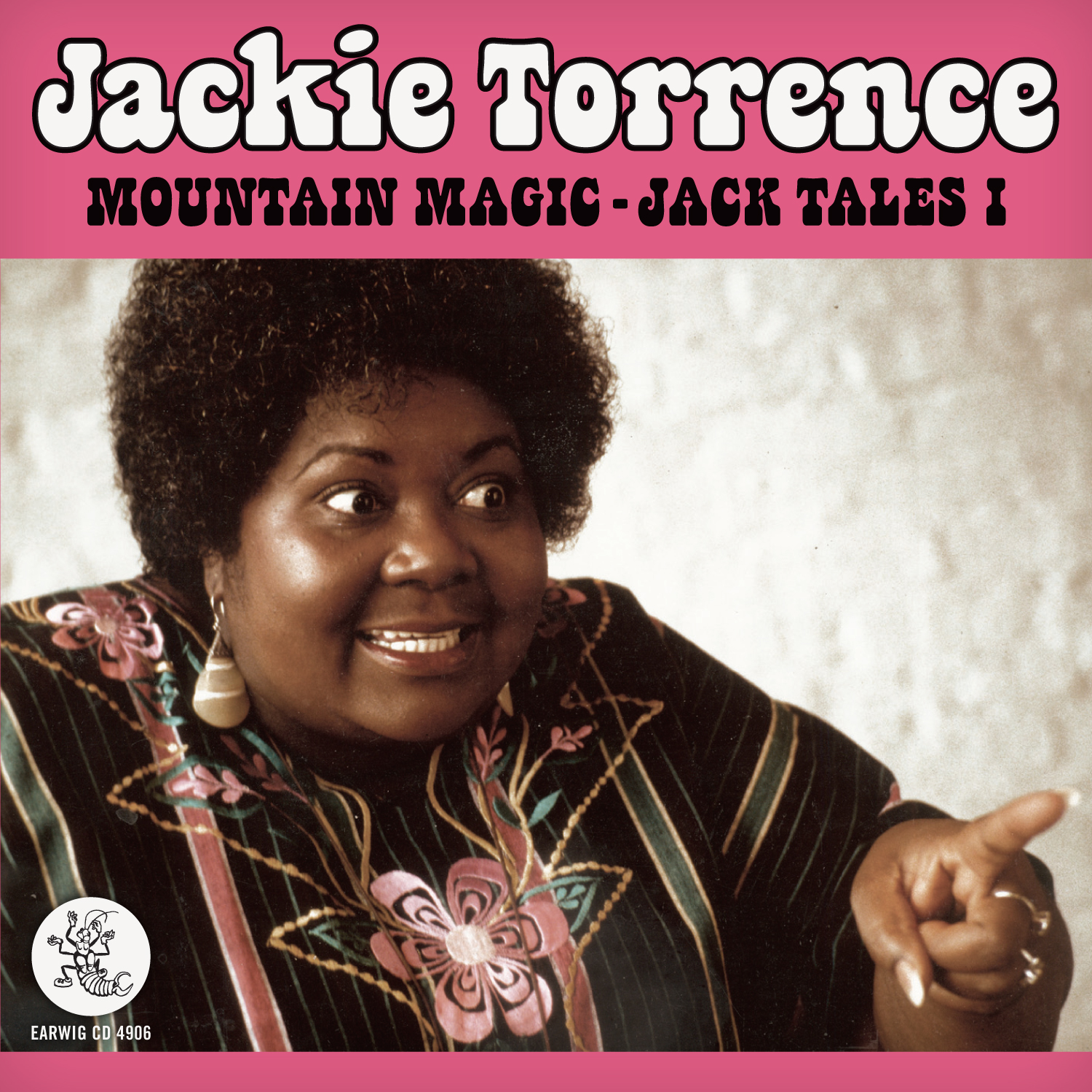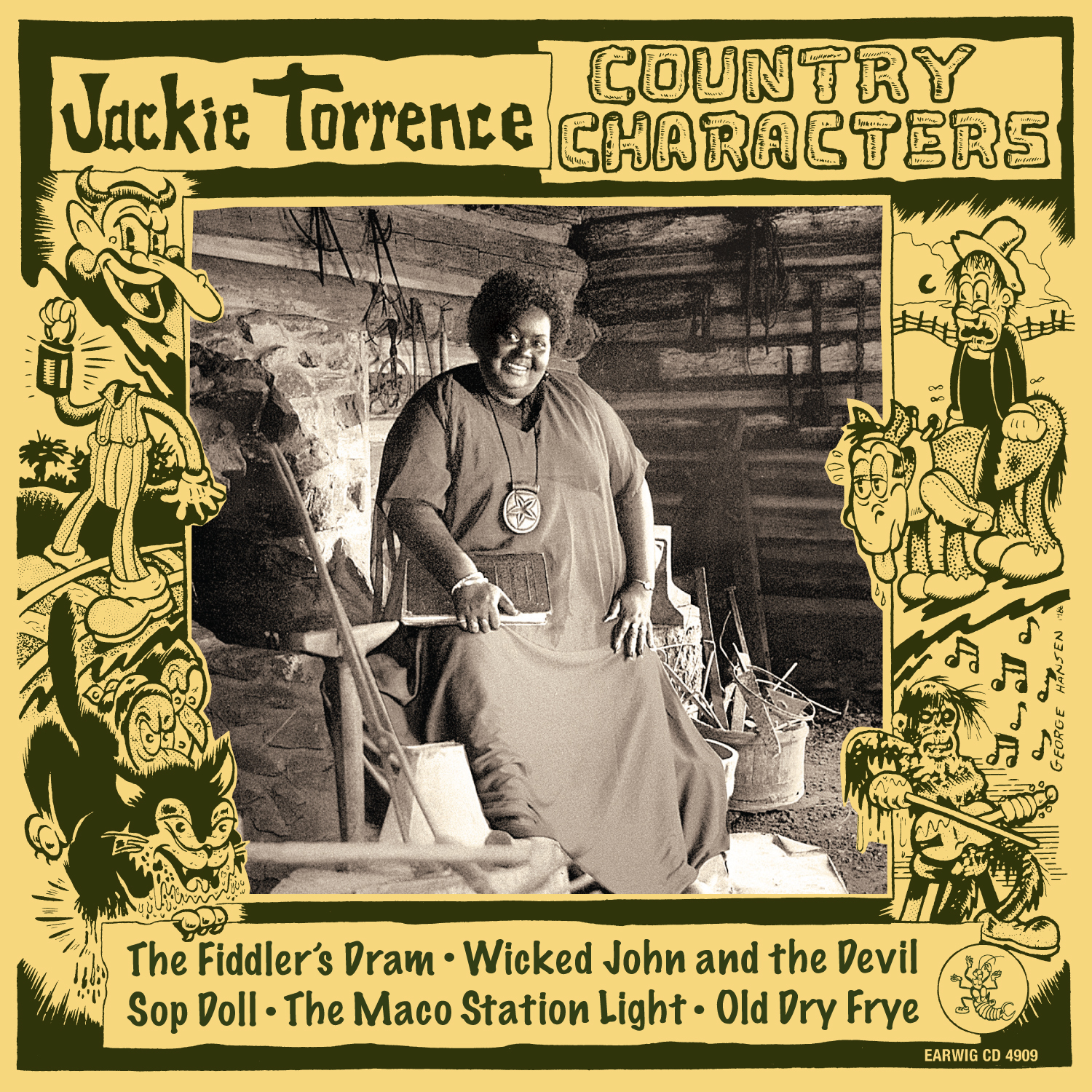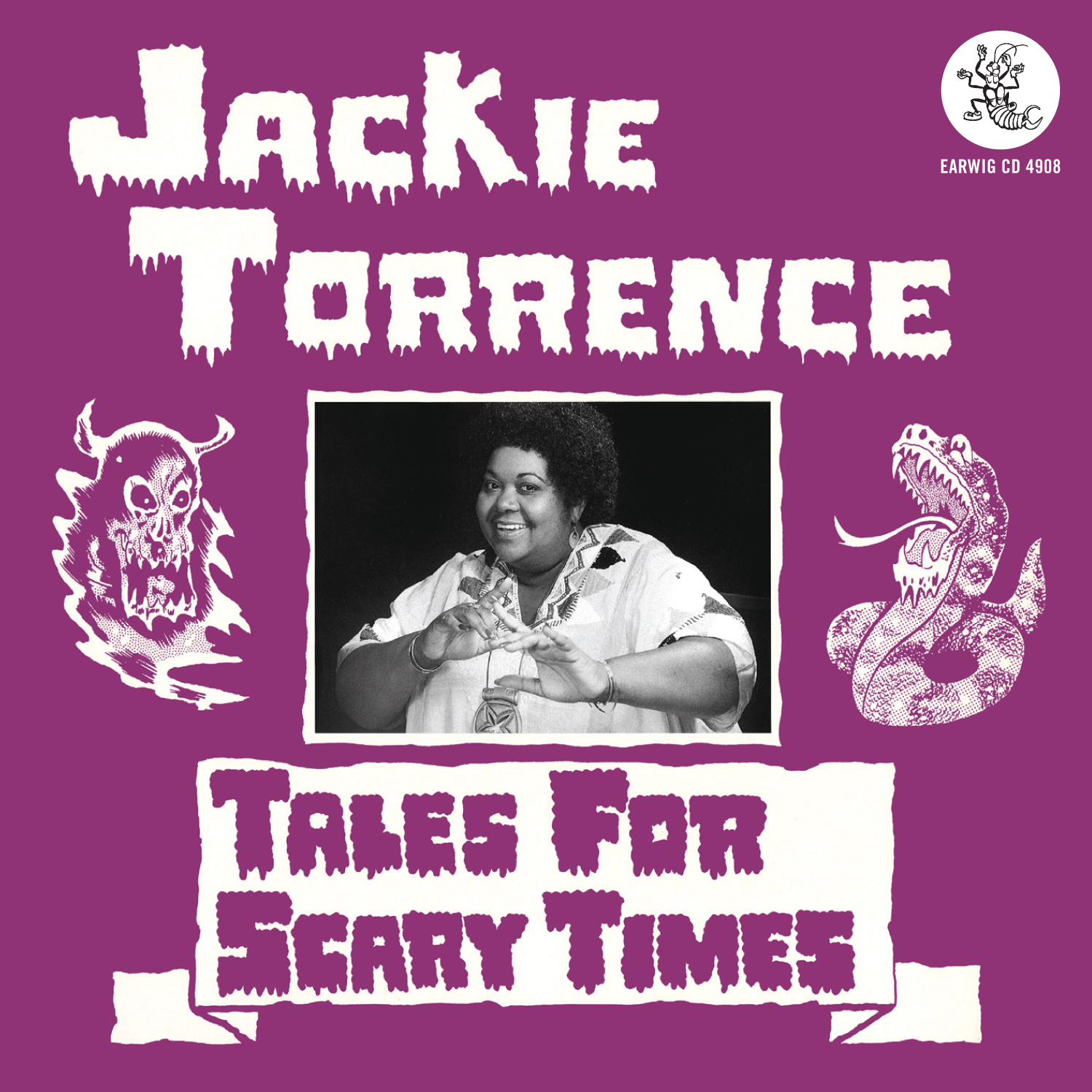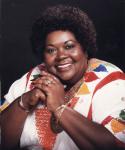Jackie Torrence
February 12, 1944 – November 30, 2004,
Jackie Torrence, internationally known as “The Story Lady,” worked for many years to achieve recognition for storytelling as an important and recognized art form.
Born Jacqueline Carson Torrence in 1944, in Chicago, Illinois, but raised in the South, Jackie learned everything she needed to develop her craft from her grandparents, aunts and uncles. She spent her early childhood on Second Creek in the North Carolina countryside, where she lived on a farming settlement with her grandparents. Jim Carson, Torrence’s grandfather, regaled the family with traditional tales told to him by his own father, a former slave. It was from Carson that Torrence first heard many of the stories her audiences enjoyed—the “Br’er Rabbit” parables and other African-American tales that have been passed along from generation to generation by descendants of slaves in America’s rural South.
Although well-versed in traditional African-American folklore and folktales, Jackie became a storyteller by chance, at the High Point Library. On a winter day in 1972 the library director begged Torrence to substitute as storyteller for the ailing children’s librarian, who had called in sick. Soon, Torrence was named the library’s featured storyteller, and her reputation ballooned, attracting overflow audiences to the children’s department to hear “The Story Lady.”
Torrence’s gift for storytelling was a boon not only for the library but also for Torrence herself, who discovered that demand for her services could alleviate her burden of poverty. Parents asked her to entertain at their children’s birthday parties. “When I found storytelling and realized that I could make that extra money, and pay my bills, and feed and clothe my child—I went after that job with a passion,” she told Storytelling Magazine in January, 1999.
Soon neighboring communities were clamoring for her. Although she was worried about the future, she decided to resign from the library to pursue storytelling as a vocation.
She became such a successful storyteller that she toured throughout the United States, Canada, Great Britain, Guam, Sweden and Mexico. She first appeared at the National Storytelling Festival in 1977 and quickly became a spokesperson for the storytelling movement and for the National Association for the Preservation and Perpetuation of Storytelling (NAPPS), forerunner to the National Storytelling Network. She appeared frequently on television, with appearances on Late Night with David Letterman, and CBS Sunday Morning with Charles Kuralt.
Disney, Steven Spielberg’s Dream Works SKG, IBM, General Motors and AT&T hired her to inspire their creative teams and salesmen. She performed before youth audiences in school auditoriums, and before older crowds at Kennedy Center in Washington, D.C. and Lincoln Center in Manhattan.
Steeped in the lore of her combined Appalachian, Cherokee and African-American heritage, Torrence told ghost stories, tall tales, “Jack” stories about adventures of the Jack of beanstalk fame, Uncle Remus tales and “jump” stories, which end with a startling one-word twist that makes the listener jump.
Torrence, whose work was praised by the National Education Association, disagreed with modern critics who consider the Uncle Remus folk tales recorded in heavy dialect by Joel Chandler Harris as demeaning to African-Americans. “As a teaching tool, the tales implied great morals when they told of the sly ways the slaves had outsmarted the master,” Torrence once told the anthology, Notable Black American Women (edited by Jessie Carney Smith).
In 1989, Jackie Torrence’s work was recognized in Brian Lanker’s photographic essay, I Dream A World: Portraits of Black Women Who Changed America. Her 1992 play, Bluestory, a history of blues music, was performed by Jackie with accompaniment by Piedmont blues musicians John Cephas and Phil Wiggins. She wrote two books, The Importance of Pot Liquor, and Jackie Tales: The Magic of Creating Stories and the Art of Telling Them. Torrence produced nine recordings on several labels, winning Parents Choice or American Library Association awards for five.
Jackie Torrence recorded four albums for Earwig Music Company, after meeting Earwig CEO Michael Frank at the Vancouver, British Columbia, Canada Folk Festival in July, 1984: Mountain Magic Jack Tales I, Mountain Magic Jack Tales II, Tales For Scary Times andCountry Characters . Jackie was telling her folk tales and Michael was performing on harmonica with his Traveling Blues Revue. Jackie loved the blues and Michael loved a good yarn. She sought Michael out after seeing him on stage, and invited him to come watch her performance at the festival. She was a natural fit for Earwig Music, which was in its early stages of development, as was Jackie’s recording and touring career.
Jackie Torrence died in 2004, at her home in Granite Quarry, North Carolina.
Sources: GALE ENCYCLOPEDIA OF BIOGRAPHY, FOLK ALLIANCE, LOS ANGELES TIMES AND SALISBURY (NC) POST, with additional notes by Michael Frank





